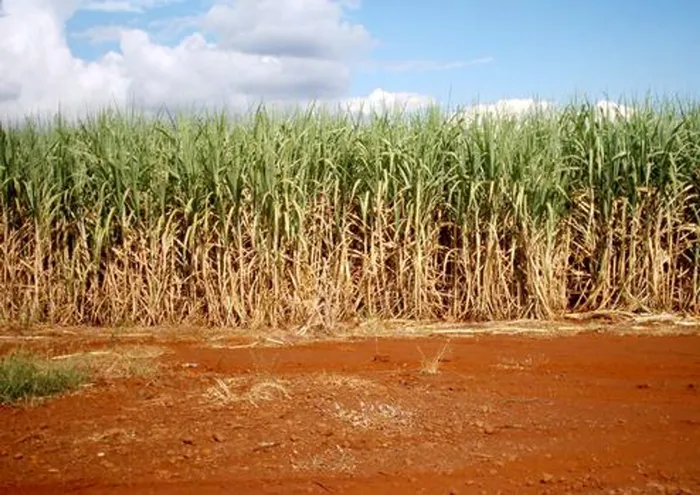Sugar industry's recovery hinges on Value Chain Master Plan

The recovery of South Africa’s troubled sugar industry post-Covid-19 hinges on the successful implementation of the Sugar-cane Value Chain Master Plan. Photo: File
DURBAN - THE RECOVERY of South Africa’s troubled sugar industry post-Covid-19 hinges on the successful implementation of the Sugar-cane Value Chain Master Plan, according to Sindi Mabaso-Koyana, the first independent chairperson of the South African Sugar Association (Sasa).
Mabaso-Koyana said last week that industry was facing a number of serious challenges, such as the sugar tax (the Health Promotion Levy), insufficient tariff, imports and increasing volumes of sugar from e-Swatini.
Mabaso-Koyana said the master plan was not an overnight solution for all of the industry’s problems.
“However, it is a major step in the right direction in terms of ensuring a growing and thriving industry over a period of time as determined and agreed to by all the stakeholders. At the centre of the master plan is the optimisation of the local market, diversification into fuel ethanol, crop diversification and innovation,” said Mabaso-Koyana.
“The situation has been so bad that we have had to close two mills. This is a crucial moment for the industry on the verge of finalising the all-important Sugarcane Value Chain Master Plan to 2030,” she said.
Mabaso-Koyana said the industry would be in a position to provide more detailed information once the master plan – which was facilitated by the Department of Trade, Industry and Competition – had been signed off.
“The master plan will, among others, result in the creation of jobs, which are much needed in the current economic environment which has seen a jobs bloodbath of alarming proportions across various sectors.
“Currently, the sugar industry has an estimated direct employment of 65 000 people and an indirect employment of 270 000. Approximately 1 million livelihoods are dependent on the industry's cane growing and milling activities in mostly deep rural areas of KwaZulu-Natal and Mpumalanga, respectively. Therefore, the industry makes a meaningful contribution to the economy.”
Mabaso-Koyana extolled the previous leadership of Sasa and the broader industry as a whole for embracing transformation and embarking on a path to resuscitate this critical sector, which made an important contribution to the economy.
She said sugar production had declined by nearly 25 percent, from 2.75 million to 2.1 million tons a year over the past 20 years. The number of sugar-cane farmers was said to have declined by 60 percent during this period, while industry-related jobs were estimated to have deceased by 45 percent.
“The erosion of the local market has exposed us more to the loss-making export market. But it is not all dark and gloom. The industry and all relevant stakeholders are working together to find solutions which are envisaged to bring about stability and growth. As mentioned above, the patriotic master plan offers us great hope,” said Mabaso-Koyana.
BUSINESS REPORT